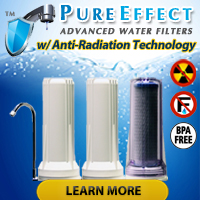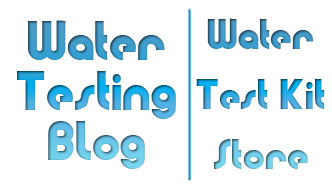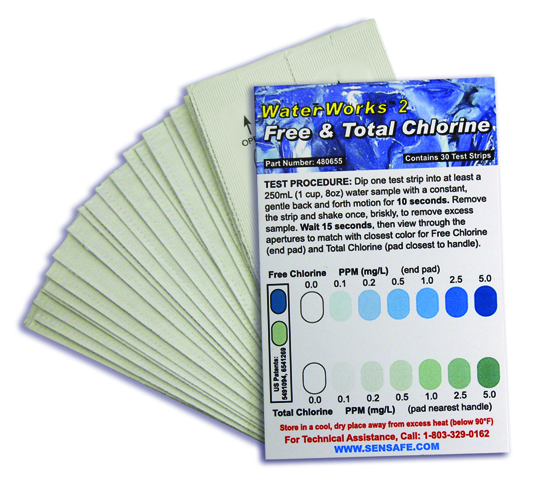Simply put, the total chlorine concentration in a water sample includes all available free chlorine plus all the chlorine that has already oxidized (acted on) contaminants in the water and become combined chlorine (monochloramines).
Free (available) chlorine refers to the concentration of chlorine molecules residing a water sample that have not, yet, oxidized contaminants. As a general rule you want to maintain a free chlorine residual in a body of water or water source.
Therefore, if a water sample has a total chlorine residual but no free, available chlorine, then the sample may or may not be ‘safe’. Some public (municipal) drinking water systems use only combined chlorine
It seems counter-intuitive that a public water systems would choose combined chlorine over free chlorine given free chlorine’s superior disinfecting (oxidizing) properties, but monochloramines do still have oxidizing capabilities and they do not create compounds (disinfection by-products, tri-halomethames, TTHM’s, etc.) that may cause cancer.
So… if you want to know how much free chlorine you have versus how much combined chlorine you have, simply subtract the free chlorine concentration from the total chlorine concentration:
(Total Chlorine) – (Free Chlorine) = Combined Chlorine
For pool water you can use a test strip like the Pool Check 6-Way to determine the free and total chlorine concentrations of a sample.
For drinking water you can use test strips like SenSafe Free Chlorine Water Check to determine the free chlorine concentration of a water sample and SenSafe Total Chlorine Water Check to determine the total chlorine concentration of a water sample.
OR, for an even easier test procedure, you can use the WaterWorks 2 Free & Total Chlorine Test Strip which tests for both free and total chlorine at the same time.









